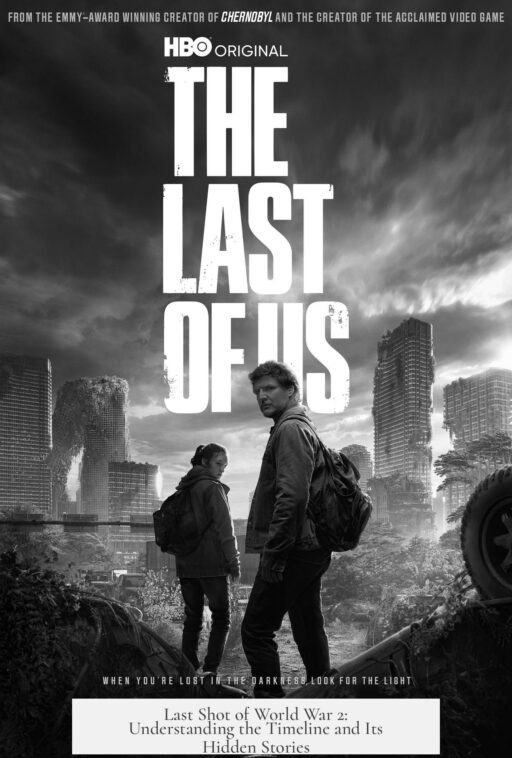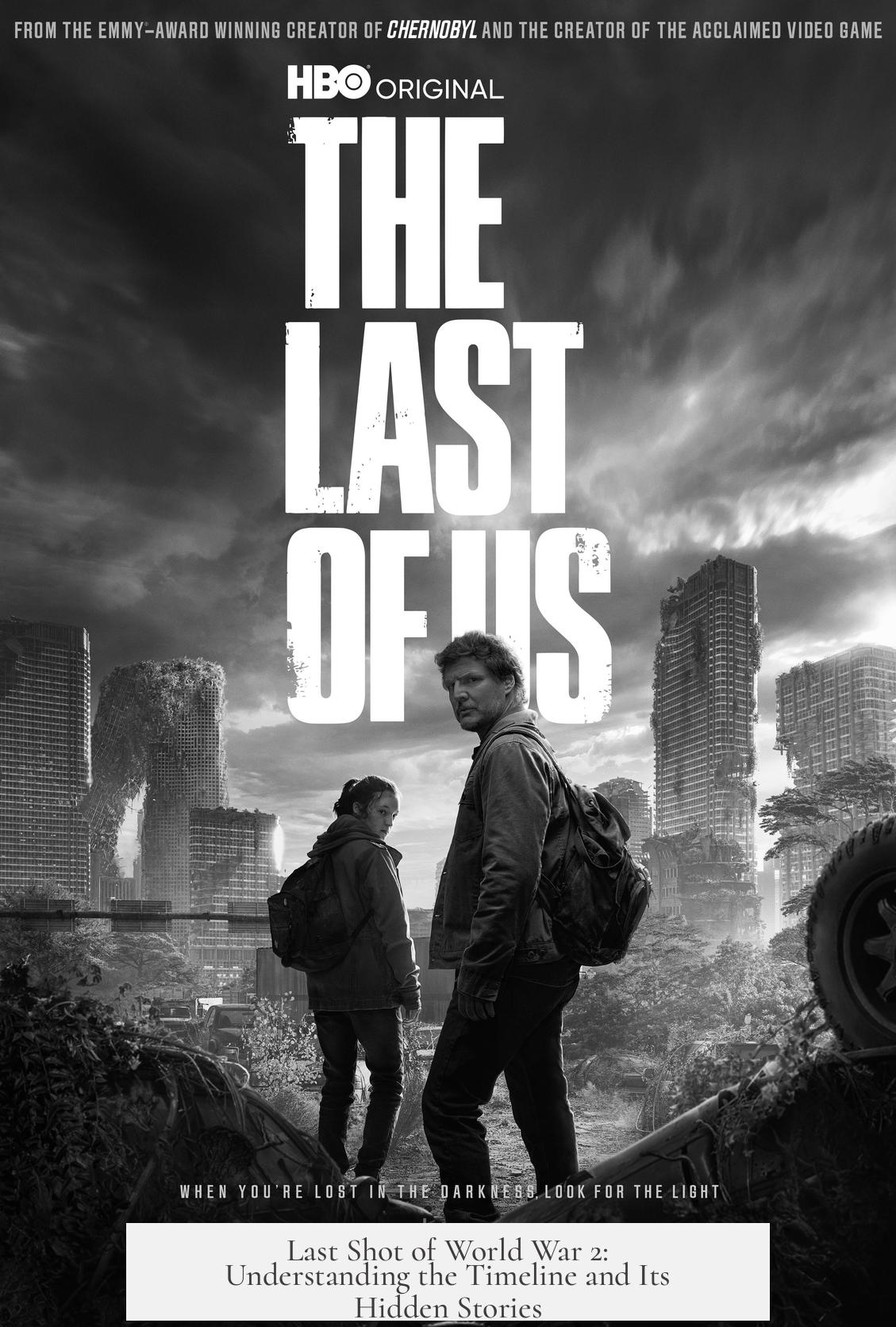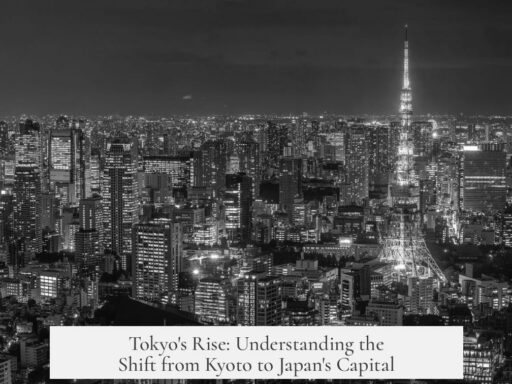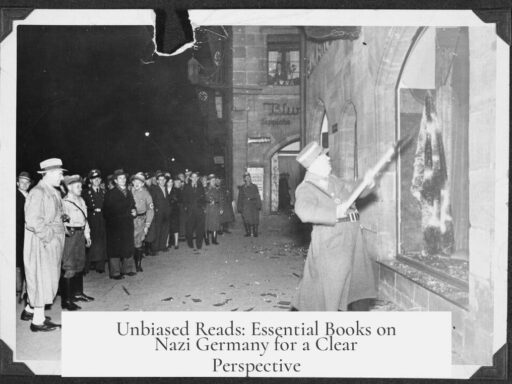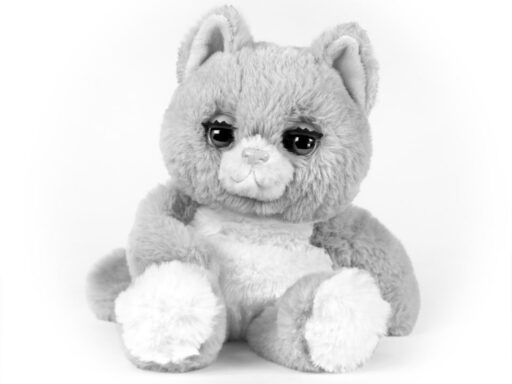The last shot of World War II was a torpedo fired by the U.S. submarine Torsk at 2117 hours Greenwich Civil Time on August 14, 1945. This torpedo sank a Japanese coastal defense frigate during combat in Japanese waters.
This final official naval attack happened just hours before the announcement of Japan’s surrender. The U.S. submarine Torsk engaged several Japanese vessels and the torpedo marked the very last deliberate act of combat before hostilities ceased. This detail defines the “last shot” in the context of formal military actions recorded during the war.
Official combat operations largely stopped by August 14, but isolated fighting extended beyond the formal end. For example, the U.S.S. Heerman fired upon an incoming aircraft at 0418 hours on August 15. Despite the crew knowing of the surrender, the airplane was suspected of a suicide attack, which justified the defensive gunfire. This incident shows that clashes still occurred after the war’s official end, though it is considered a defensive reaction rather than an offensive “last shot.”
Combat did continue in some areas until surrender orders reached all units. The Japanese Kwantung Army in Manchuria did not receive cease-fire commands until August 20, generating ongoing battles against Soviet and Mongolian forces. This delay reveals how fragmented and delayed communication prolonged fighting in outlying regions.
- Japanese soldiers in China delayed full surrender until September 9, 1945.
- Japanese garrisons in the Kuril Islands held out until August 23, leading to the Battle of Shumshu with over 1,500 casualties.
- Isolated Japanese troops on Pacific islands continued jungle warfare post-surrender, often unaware or suspicious of official announcements.
These ongoing skirmishes show the complexity of defining a single “last shot” across all theaters. While the Torsk’s torpedo represents the end of formal U.S. offensive actions, fighting lingered in pockets across Asia.
Some Japanese soldiers continued guerrilla resistance for decades after 1945. Teruo Nakamura, the last confirmed holdout, was discovered in 1974 on Morotai Island in Indonesia. He reportedly avoided firing weapons to prevent detection, making it unlikely he fired “last shots” in combat.
More famously, Hiroo Onoda hid in the Philippines until 1974, refusing to believe the war had ended. Although he saw leaflets announcing the surrender in 1945, he dismissed them as enemy propaganda. Onoda and his comrades engaged in armed clashes, killing locals and fighting police as late as October 19, 1972. He surrendered only after receiving direct orders from his former commander, located by the Japanese government. Onoda’s continued resistance represents the ultimate unofficial extension of World War II combat.
Some Japanese soldiers also joined communist guerrillas in Thailand, fighting until 1991. However, this is generally not considered part of World War II due to the geopolitical changes and time elapsed.
The varied endpoints for fighting illustrate the challenges in defining the “last shot” of World War II:
- The U.S. submarine Torsk fired the final formal offensive shot on August 14, 1945.
- Defensive fire occurred after official surrender, such as U.S.S. Heerman’s engagement on August 15.
- Hostilities lingered among isolated Japanese forces for years afterward.
| Aspect | Details |
|---|---|
| Last formal offensive shot | U.S. submarine Torsk torpedo, 2117 GMT, Aug 14, 1945, sank Japanese frigate |
| Post-surrender combat | U.S.S. Heerman fired on Japanese plane, suspicious of attack, Aug 15, 1945 |
| Prolonged fighting areas | Kwantung Army (Manchuria) until Aug 20; Kuril Islands until Aug 23; China until Sept 9, 1945 |
| Holdouts | Hiroo Onoda (Philippines) until 1974; Teruo Nakamura (Indonesia) until 1974 |
These details clarify that answering “when was the last shot of World War II fired?” depends on definitions. Within formal military operations, the torpedo by USS Torsk is the accepted answer. However, defensive fire and guerrilla actions persisted far beyond.
- The last official offensive shot was a torpedo by USS Torsk on Aug 14, 1945.
- Fighting and defensive fire occurred after the surrender announcement, notably by USS Heerman.
- Japanese forces in remote areas fought into late August and early September 1945.
- Japanese holdouts continued insurgent actions for decades, with some sporadic combat as late as the 1970s.
When Was the Last Shot of World War 2 Fired? A Deep Dive Beyond the Headlines
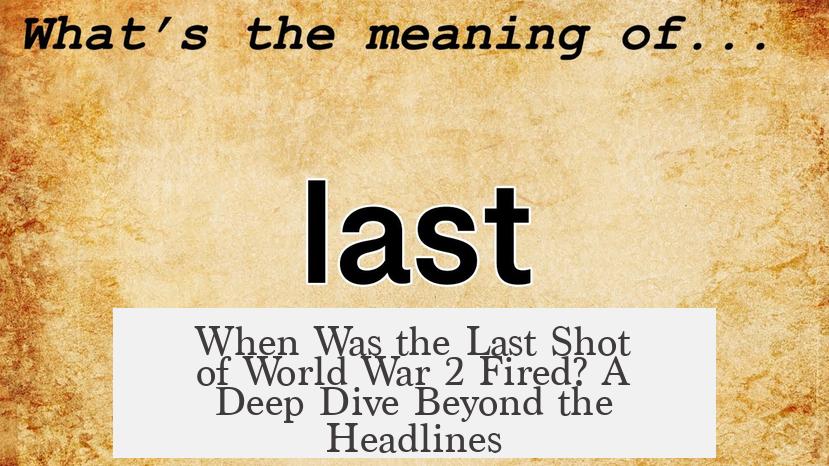
The last shot of World War II was actually a torpedo fired by the U.S. submarine Torsk at 2117 hours Greenwich Civil Time on August 14, 1945. This was no ordinary bullet or cannonball—this shot sank a Japanese coastal defense frigate during a battle just before the surrender was officially announced. But here’s where things get murkier and more fascinating.
Most of us imagine the war’s last shot as a grand finale—a final gunfire blast signaling the end. The reality is more complicated. Fighting snarled in different locations even after the official surrender. Who exactly fired the final shot? Let’s unpack this piece by piece, because it reads like a real-life spy thriller.
The Torpedo That Officially Seals the Deal
The U.S. submarine Torsk’s torpedo strike on August 14 stands as the most accepted “last shot.” This torpedo didn’t just mark time; it sank a Japanese frigate, confirming combat was very much still alive mere hours before the global ceasefire.
Why is this important? Because the surrender announcement came just after this moment—the formal end of active engagement, at least for most involved. Even so, later events show war doesn’t simply switch off like a light bulb.
Shots Fired After the “End” Was Official
Imagine declaring the war’s over, only to be shooting at an enemy plane minutes later. That’s exactly what happened at 0418 hours on August 15, when the U.S.S. Heerman, fully aware of Japan’s surrender, opened fire on an aircraft that appeared to be preparing for a kamikaze-style suicide dive. The plane was downed. That’s both tragic and a clear sign how chaotic wartime realities can be.
And that wasn’t isolated. American ships fired at suspicious targets at 2300 hours August 14, even after the cessation orders. Confusion and mistrust lingered on the battlefield. This incident reminds us: official declarations don’t instantly silence weapons or anxiety.
Fighting Didn’t Stop for Everyone—War’s Lingering Shadows
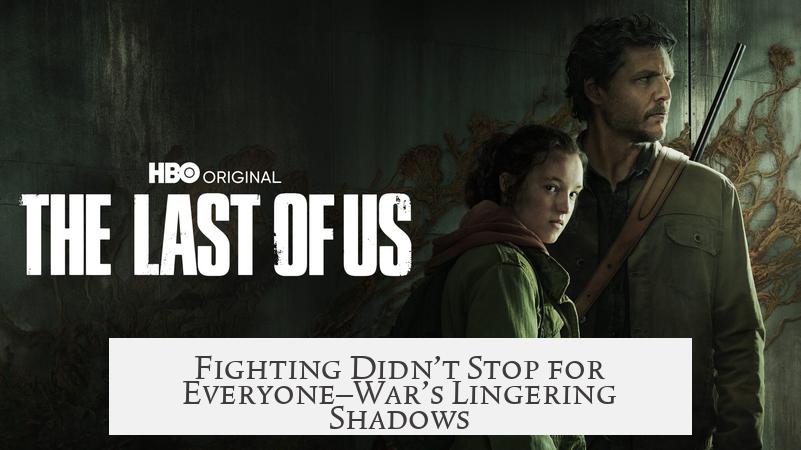
The Imperial Japanese Army’s massive Kwantung Army in Manchuria kept on fighting until August 20, days after the surrender was announced. Soviet-Mongolian forces were still engaged in battle, with communication breakdowns delaying the ceasefire orders. That’s a full six days of fighting past official peace.
Japanese soldiers scattered across China didn’t lay down arms until early September. Meanwhile, the Kuril Islands saw its own brutal finale with the Battle of Shumshu, ending only on August 23 with heavy casualties—over 1,500 soldiers killed.
Then there’s the isolated jungle warfare in the Pacific islands. Some Japanese soldiers clung to their posts for years, doubting surrender rumors or unaware of them altogether. These soldiers believed reports were enemy propaganda.
Holdouts: The War’s Ghosts From Decades Past
Perhaps most remarkable are the so-called holdouts. Teruo Nakamura, living on Morotai until 1974, never knowingly fired a shot after the war ended because he feared attracting attention. He represents the silent end of fighting—not with a bang but a whisper.
Hiroo Onoda is a more dramatic story. Found on Lubang Island, Philippines, he kept fighting until October 1974. He dismissed wartime leaflets as fake propaganda and engaged in guerrilla warfare that led to tragic violence. Onoda only surrendered when his former commanding officer, now a bookseller, personally ordered it. Could his last gunshot be the real final shot of WWII? Probably, or at least close.
A couple of Japanese soldiers fought alongside communist guerrillas in Thailand until 1991. Sure, impressive dedication, but historians don’t consider that part of WWII.
Aftermath: The Battle Beneath Our Feet
World War II’s violence persists beneath the surface. Unexploded munitions still pose risks today. Just recently, a British Royal Air Force bomb was discovered and safely defused in Dortmund, Germany.
It’s sobering: people today may still be endangered by war’s last shots, long after the guns fell silent.
So, When Exactly Was the Last Shot Fired?
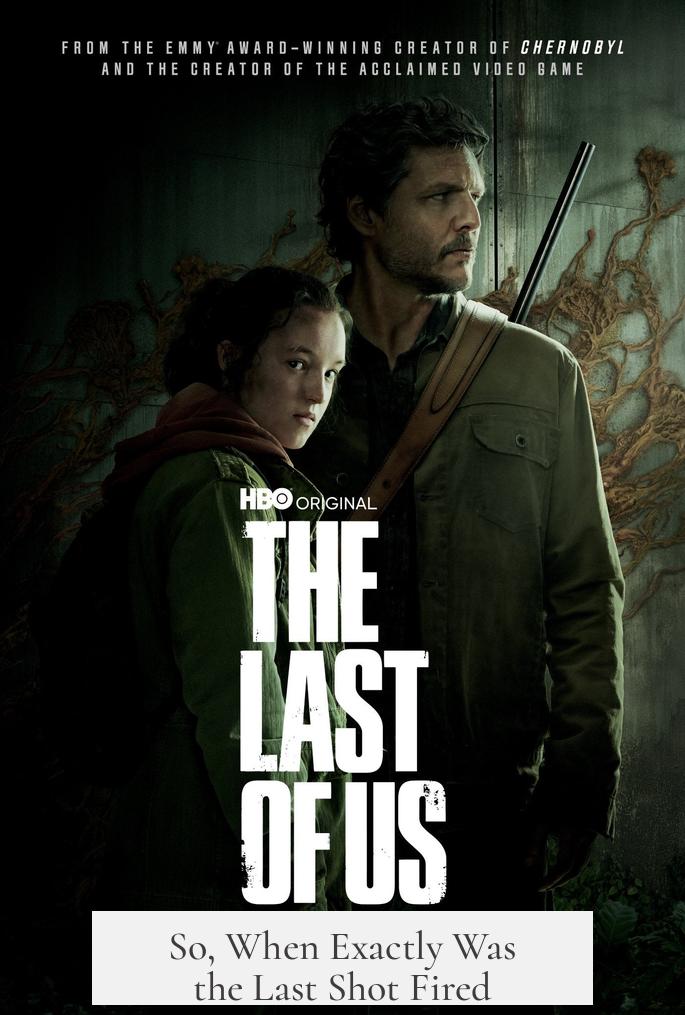
There isn’t a single neat answer. Officially, the last shot is the Torsk’s torpedo on August 14, 1945, narrowly edging out other combat actions. But combat flare-ups carried on for weeks in pockets of Asia. And guerrilla warfare by Japanese holdouts stretched decades beyond.
This messiness teaches us an important lesson: war doesn’t end instantly. The stories of continuing skirmishes, misunderstandings, and stubborn holdouts show how peace is a process, not a single moment. When you ask, “When was the last shot of World War 2 fired?” the truth is somewhere between a torpedo in 1945 and a rifle held until the 1970s.
How does this change your view of history? Does peace mean no one fires a gun, or does it mean that voices raise louder than guns? Maybe the *real* last shots are the memories we carry and the lessons we teach, so wars never restart their fire.
What Can We Learn From This?
- Communication matters: Delay in ceasefire orders caused unnecessary fighting and deaths long after surrender.
- War’s legacy is lasting: Unexploded bombs and veteran holdouts remind us that endings are complex.
- Peace isn’t a switch: The physical act of war may stop, but its shadows stretch wide.
Next time you read about “the last shot of World War II,” remember Torsk’s torpedo, the lingering gunfire of the Heerman, and Japanese holdouts who didn’t quite get the memo on peace. The “last shot” is less a single bullet, more a story of human uncertainty, endurance, and the slow dawn of lasting peace.
When and where was the last torpedo shot of World War II fired?
The last torpedo shot was fired by the U.S. submarine Torsk at 2117 hours Greenwich Civil Time on August 14, 1945. It sank a Japanese coastal defense frigate during a battle in Japanese waters.
Did fighting continue after Japan officially surrendered on August 15, 1945?
Yes. Fighting persisted in several areas. For example, the Kwantung Army in Manchuria continued fighting until August 20. Japanese soldiers in China surrendered only by September 9, 1945.
What was the last known American gunfire after the war ended?
The U.S.S. Heerman fired on a Japanese aircraft on August 15, 1945, at 0418 hours. The ship believed the plane was preparing a suicide dive, so it opened fire despite knowing the war had ended.
Who likely fired the very last shots of World War II?
It’s hard to pinpoint an exact individual. Shots were likely fired by Japanese, Chinese, or Soviet soldiers before full ceasefires took effect. Isolated fighting and guerrilla actions lasted months to years after official surrender dates.
Who were the Japanese holdouts and what role did they play in post-war shootings?
- Hiroo Onoda fought until 1974, believing the war was ongoing and involved in shootouts.
- Teruo Nakamura was found in 1974 but avoided shooting to not attract attention.
- Others joined guerrillas but their combat is not considered part of WWII.
